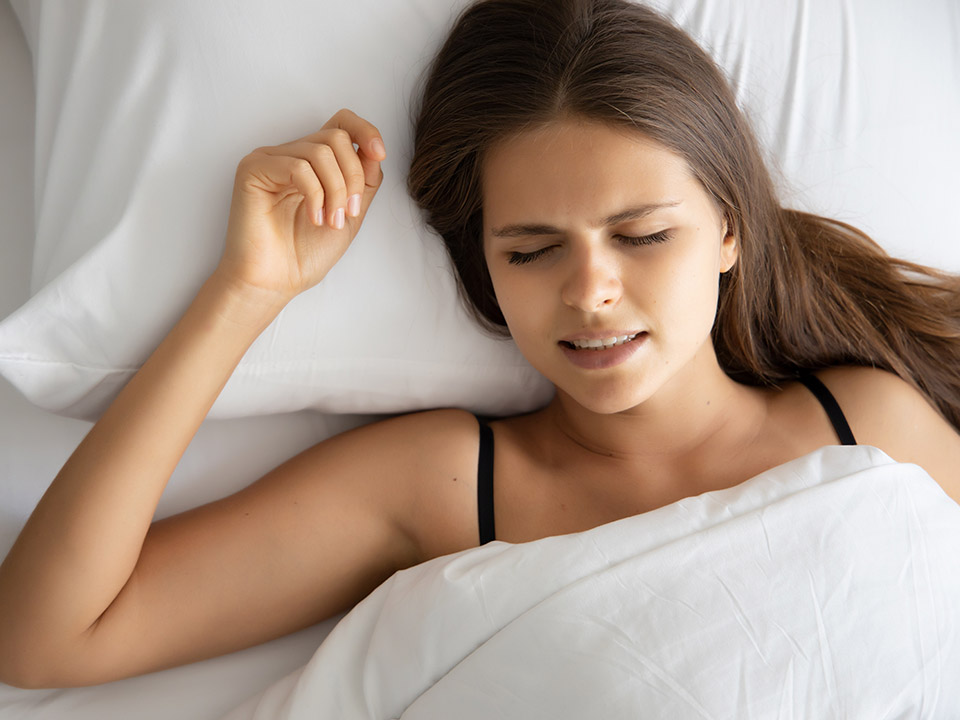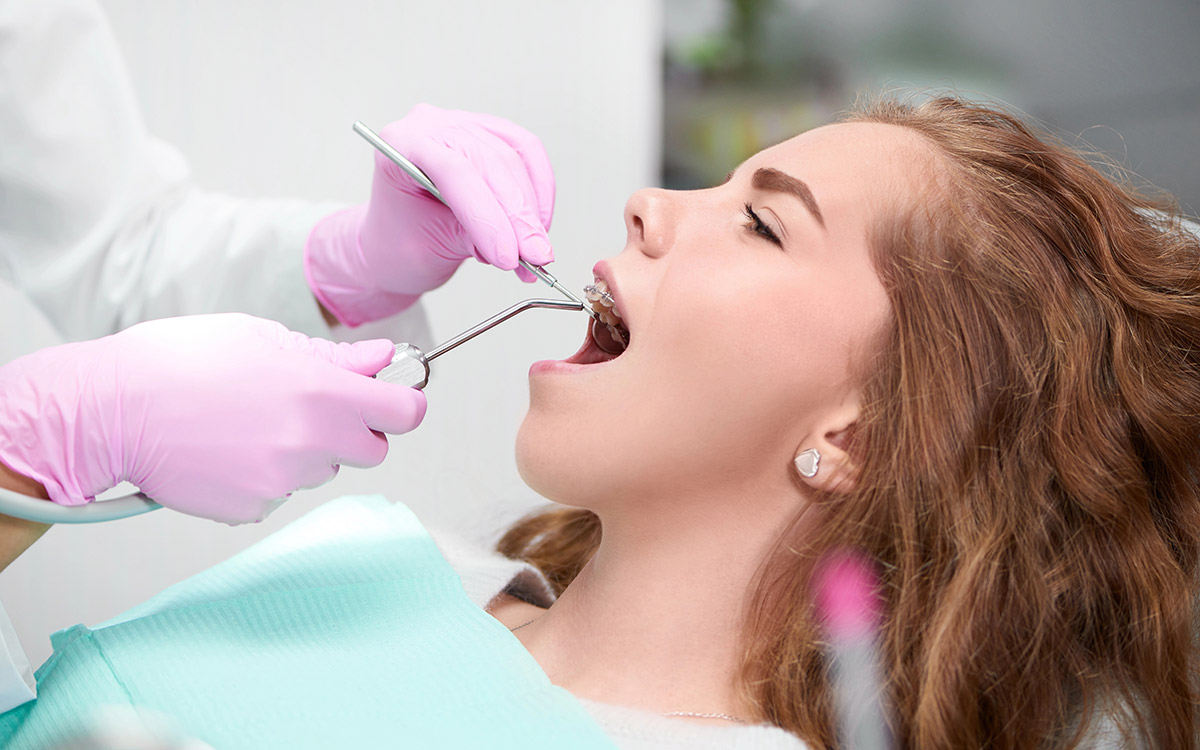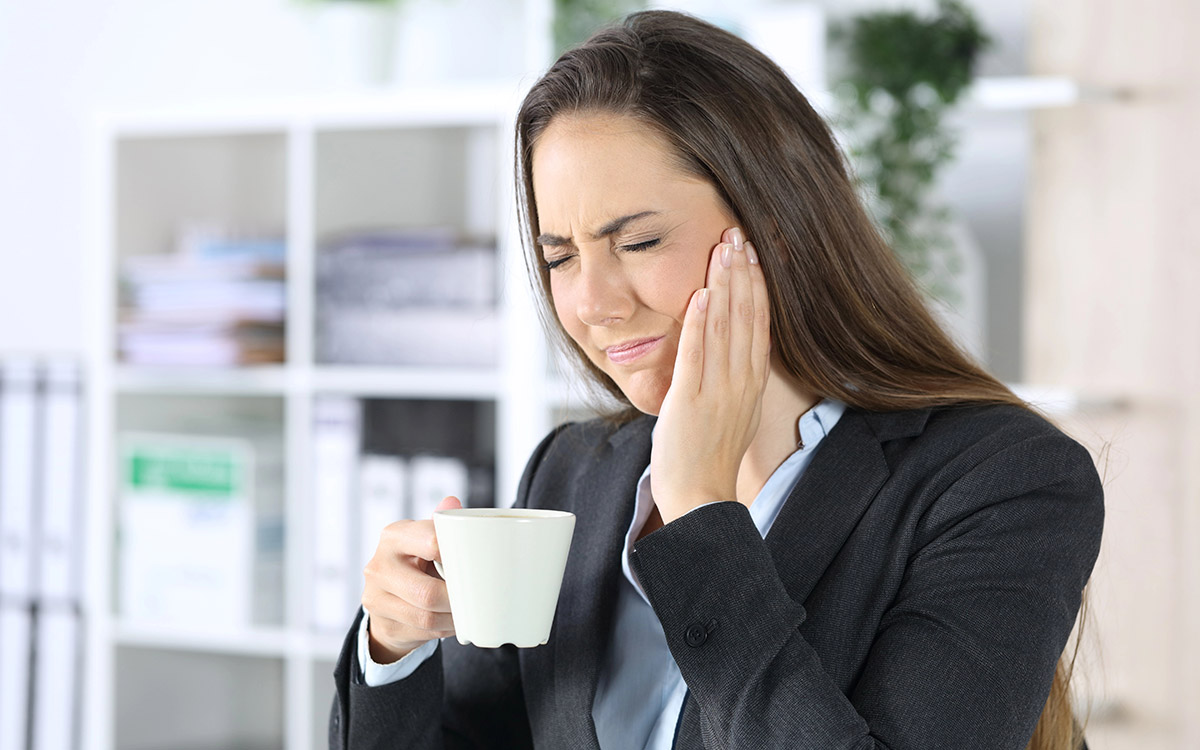Excessive grinding of teeth, unconscious and involuntary can be defined as bruxism. There is forceful contact between the biting surfaces of the maxillary and mandibular teeth during bruxism. This is then called wakeful or diurnal bruxism or during sleep known as nocturnal bruxism when bruxism may occur while awake. It is believed to be multifactorial as the main cause of bruxism has not yet been determined. Wakeful bruxism has different causes from nocturnal bruxism, the researchers believe. Bruxism can be subclassified into two parts, one is primary bruxism that is not related to any other medical condition, but secondary bruxism is associated with neurological disorders or is considered an adverse effect of drugs.
Prevention and Treatment Consequences
To prevent further damage, the use of an occlusal splint is preferable, hard acrylic resin devices work more as a protector of the teeth. Patient awareness of the disorder, relaxation, lifestyle and sleep hygiene instruction, a behavioral approach to increase. The use of the drug should be limited periods and severe cases where occlusal devices and psychological methods were ineffective. The following possible consequences for the treatment of bruxism are indicated: – a) tooth fractures b) Hypersensitive teeth c) fractures of crowns and fixed partial prosthesis, restorations fractures usually class I and class II restorations. d) Restorations or dental implants failure) The loss of occlusal morphology and flattening of the occlusal surfaces) Loss of periodontal support g) Temporomandibular pain h) Tenderness and stiffness in jaw muscles i) Hypertrophy of masticatory muscles and j) Clicking and tenderness of the temporomandibular joint.
Causative Factors Associated
The potential causative factors associated with the development of the condition the bruxism management relies on recognition. By considering interventions such as habit modification, biofeedback, and relaxation therapy can be managed by diurnal bruxism. The appropriate intervention might include appliance therapy if the patients with sleep bruxism, which do not appear to be impacted by psychological or psychological factors. The medication withdrawal or substitution should be considered if the patients with medication or drug-induced bruxism. The patients may be benefited from botox injection of the mastication muscles, which may decrease the frequency of the parafunctional activity if the patients occur bruxism with neurogenic abnormalities such as dystonia. Dietary counseling may be essential if excessive use of caffeine and tobacco. Daytime bruxism can often be eliminated via intervention but Nocturnal bruxism is not usually cured by an intervention, suggesting a cure but recrudesces of the condition are common.
Management of Bruxism
The occlusal adjustments are required in the management of bruxism, some dental clinicians still believe. Since the etiology of the disorder is now known to be mainly regulated centrally, not peripherally there seems to be no basis in evidence for performing such irreversible occlusal adjustment. This is still a controversy among dental clinicians and researchers that the proposed idea that bruxism may be due to malocclusion makes orthodontic treatments viable options in managing the condition.
Occlusal splints are generally appreciated to prevent tooth wear, injuries and reduce nighttime clenching, but are mostly worn in the upper maxilla, but the appliance covers all the maxillary or mandibular teeth. With the use of a splint, there will be some reduction of muscle tone, but splints should cover the occlusal surface of all the teeth.
The nocturnal bruxism to the appliance that helps manage the consequences is the flat plane stabilization splints, bite guard, bruxism appliance, bite plate, or night guard. Appliances manufactured from hard or soft materials can be constructed in the dental office or a laboratory. Hard acrylic resin stabilization splints are suggested to be more effective in reducing bruxism activity than soft splints. Soft splints increase clenching behavior in some patients, it has been believed that some professionals. These appliances are also used to retrain daytime clenching. To foster calmness, psychotherapeutic approaches should be used. Bruxism may often be related to stress. If bruxism is associated with muscle pain and stiffness, physical therapy may be recommended.
Treatment of Patient
The patient is trained to relax the muscle group voluntarily in this relaxation method training. Restorative treatment is severe attrition associated with bruxism, then endodontic therapy, where necessary, is recommended. Full coverage crowns or composite restorations depending on each case restore vertical dimension and function.
The severe cases where occlusal devices and psychological approaches were ineffective, the use of drugs in the treatment of bruxism should be limited to short periods. The use of antianxiety agents, sedatives, tranquilizers, and muscle relaxants includes pharmacological management. To alter sleep disturbance and anxiety level, medication such as diazepam can be prescribed for a few days.
The biofeedback technique uses positive feedback to allow the patient to learn to reduce tension. It is done by allowing the patient to view an electromyography monitor while the mandible is postured with minimum activity. For nocturnal bruxism, auditory, vibratory, or taste stimuli can be used. Electro galvanic stimulation is currently used for muscle relaxation for the treatment of bruxism. A complication of bruxism ranges. A stomatognathic breakdown will occur when occlusal forces of high intensity and duration overcome the body’s adaptive capacity, and the consequences of bruxism will appear.







